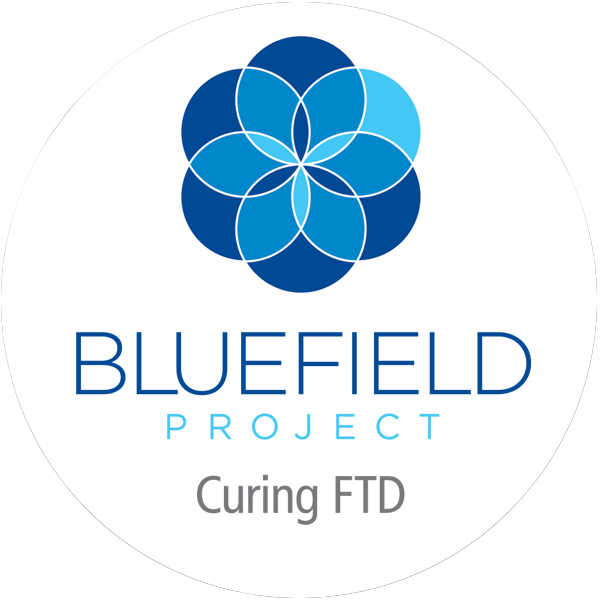The Diagnostics Accelerator has funded investigators around the world who are developing and testing innovative biomarkers for Alzheimer’s and related dementias.
Research funded to date focuses on a range of methods and targets including blood tests in various stages of development, with one close to becoming a viable diagnostic tool for early detection of Alzheimer’s. Other research efforts include development of eye scans and genetic tests that will aid in Alzheimer’s diagnosis and clinical trial design.
These awards focus on true collaboration among renown clinicians, who are directly involved with patients and understand the disease, scientists who are developing the tests, and diagnostics companies that understand the regulatory pathways – driving research and product development.





















